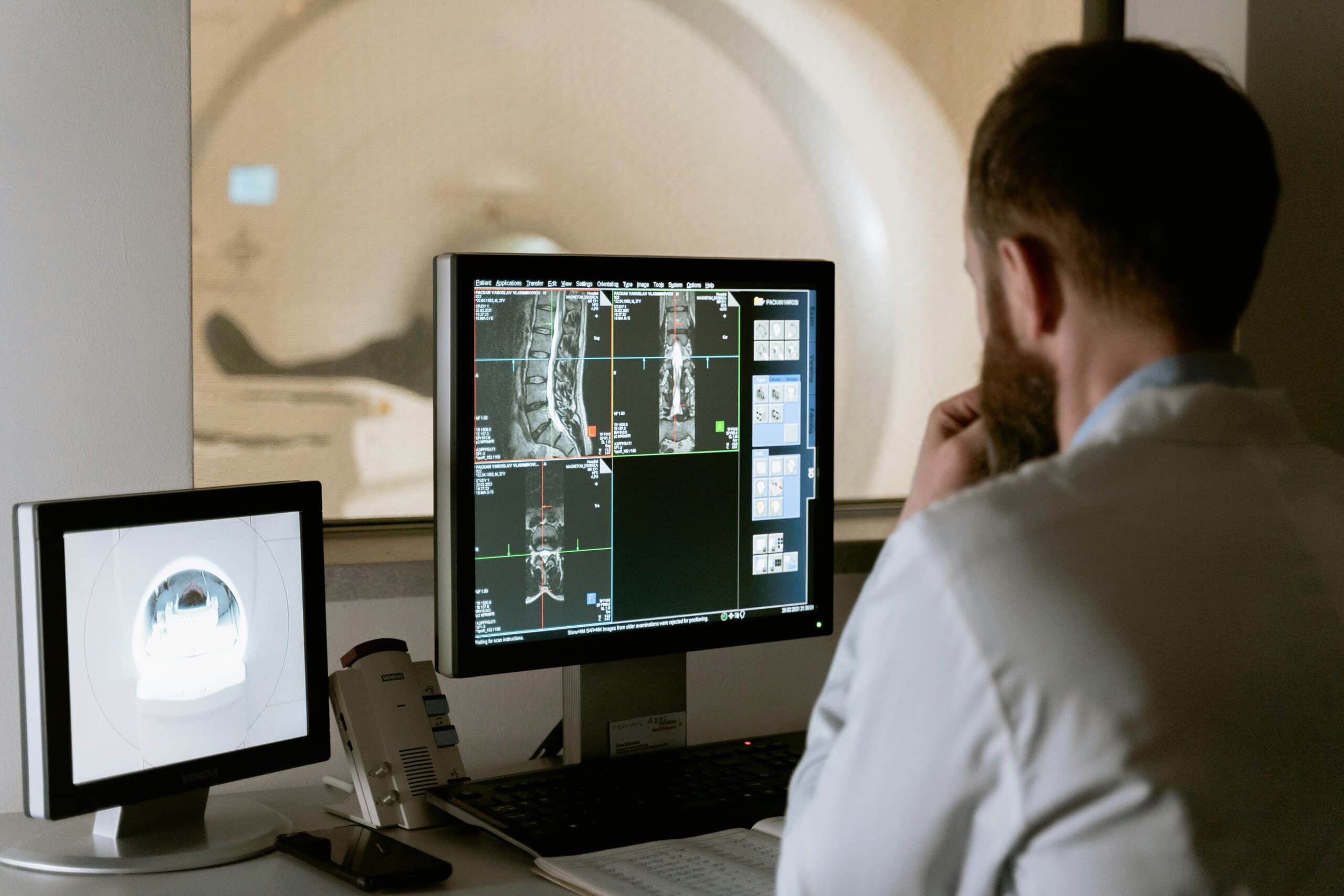
The healthcare industry faces a unique and complex landscape of cybersecurity challenges. Protecting sensitive patient data, securing connected medical devices, and maintaining operational continuity are paramount concerns. The newly released NIST Cybersecurity Framework (CSF) 2.0 offers valuable guidance for healthcare organizations in navigating these challenges and strengthening their overall cybersecurity posture.
Why is NIST CSF 2.0 Important for Healthcare?
- Flexible and Scalable: Unlike one-size-fits-all approaches, the NIST CSF 2.0 offers a flexible and scalable framework adaptable to healthcare organizations of various sizes and complexities.
- Focus on Outcomes: The framework emphasizes achieving specific cybersecurity outcomes instead of mandating specific controls. This allows healthcare organizations to tailor their cybersecurity programs to their unique risk profiles while achieving desired outcomes.
- Alignment with Existing Guidance: NIST CSF 2.0 aligns with existing industry-specific guidance, including the Health Industry Cybersecurity Practices (HICP) from the Department of Health and Human Services (HHS). This alignment allows healthcare organizations to address their broader cybersecurity needs while fulfilling regulatory requirements.
Updates to NIST CSF 2.0 for Healthcare Organizations
Here are some of the most important updates to NIST CSF 2.0 for healthcare companies to look at and start implementing:
- Enhanced Focus on Identify Function: The new Framework places greater emphasis on the “Identify” function, urging organizations to actively identify and inventory their assets and vulnerabilities. This is crucial for healthcare organizations, as they often have numerous connected medical devices, electronic health records (EHRs), and other sensitive data spread across various systems and locations. Implementing a comprehensive asset inventory, vulnerability management program, and data classification system are important initial steps.
- Prioritization of Supply Chain Security: NIST CSF 2.0 introduces explicit guidance on managing cybersecurity risks within the supply chain. This is particularly important for healthcare organizations, which rely on various third-party vendors for services, software, and devices. Organizations should develop and implement processes to assess the cybersecurity posture of their vendors and ensure they have adequate security measures in place. This could involve requesting risk assessments, conducting security audits, and incorporating contractual clauses requiring vendors to maintain specific cybersecurity standards.
- The Govern Function: A new addition in NIST 2.0, the “Govern” function emphasizes the importance of establishing clear leadership, governance, and risk management practices for cybersecurity. Healthcare organizations should establish a cybersecurity governance committee with senior leadership representation, develop a cybersecurity policy outlining roles and responsibilities, and implement a risk management framework to identify, assess, and prioritize cybersecurity risks.
- Improved Communication and Awareness: NIST CSF 2.0 underscores the importance of clear communication and employee awareness training in cybersecurity. Healthcare organizations should develop comprehensive cybersecurity awareness training programs for all employees, covering topics like phishing attacks, password hygiene, and reporting suspicious activity. Additionally, they should establish clear communication channels and protocols for reporting cybersecurity incidents.
Alignment with Industry-Specific Guidance
The HICP serves as the primary industry-specific cybersecurity guidance for healthcare organizations in the United States. While no official updates to the HICP have been announced in light of NIST CSF 2.0, it is highly likely that future updates will consider the new framework. This is due to a few key points:
- HHS involvement in NIST CSF development: The HHS actively participated in the development of NIST CSF 2.0, ensuring alignment with existing healthcare cybersecurity guidance.
- Emphasis on alignment in HICP: The HICP itself emphasizes the importance of aligning with recognized cybersecurity frameworks like NIST CSF. This suggests future updates may seek to further strengthen this alignment.
While specific details remain unclear, it’s probable that the HICP will be updated to reflect the latest guidance from NIST CSF 2.0. This update could involve:
- Mapping HICP controls to the NIST CSF 2.0 functions and categories: This would provide healthcare organizations with a clear understanding of how existing HICP recommendations align with the broader framework.
- Incorporating new elements from NIST CSF 2.0: The HICP may be updated to incorporate new aspects introduced in NIST CSF 2.0, such as the enhanced focus on supply chain security.
Staying Informed and Taking Action
Healthcare organizations should thoroughly review NIST CSF 2.0 and identify the aspects most relevant to their specific risks and needs. The NIST CSF 2.0 can provide a valuable framework to assess their current cybersecurity posture, identify areas for improvement, and implement effective controls to manage cybersecurity risks.
Simultaneously, they should monitor industry-specific resources to stay up to date on any changes to HICP and other guidance. By actively engaging with both NIST CSF 2.0 and industry-specific guidance, healthcare organizations can significantly enhance their cybersecurity resilience and safeguard sensitive patient data.







